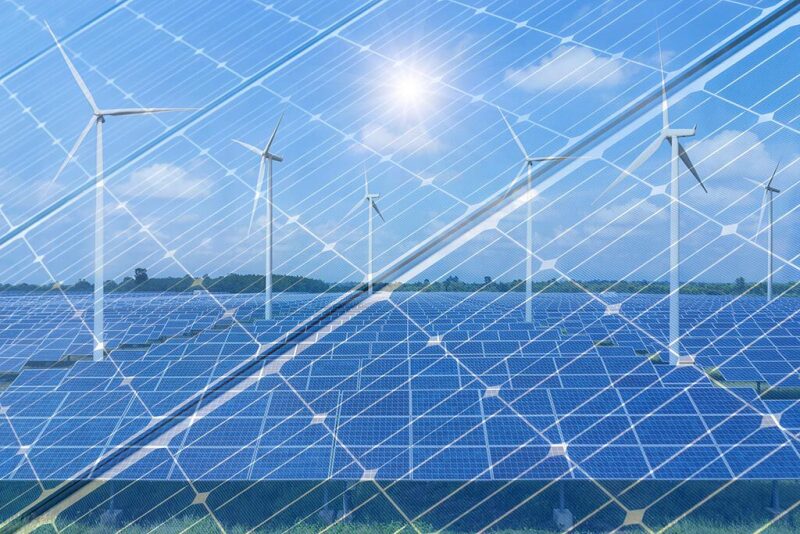The oil and gas industry is a major contributor to greenhouse gas (GHG) emissions, a concern it has been seeking to address for some time. The complete paper reviews the types of renewable energy used in oil and gas fields that have appeared in the literature. Use of renewables offers many advantages, including saving hydrocarbon resources, minimizing the oil industry’s GHG emissions, and enhancing its public image.
Solar Energy
Technologies used to capture the sun’s energy can be classified into two categories, photovoltaic (PV) cells and concentration of solar power (CSP). Both technologies have been used in the field successfully to support oil and gas production.
PV Cells
Solar PV devices, or solar cells, change sunlight directly into electricity. PV panels have been used for decades in the oil fields and have been used in offshore platforms and remote locations to provide power to various applications, including:
Providing power for wellhead control panels
Use in cathodic protection stations along cross-country pipelines
Providing power to supervisory control and data-acquisition systems in remote locations
Providing power for chemical-injection pumps
Concentration of Solar Power (CSP)
CSP plants concentrate solar rays to heat a fluid, which then directly or indirectly powers a turbine and an electricity generator.


